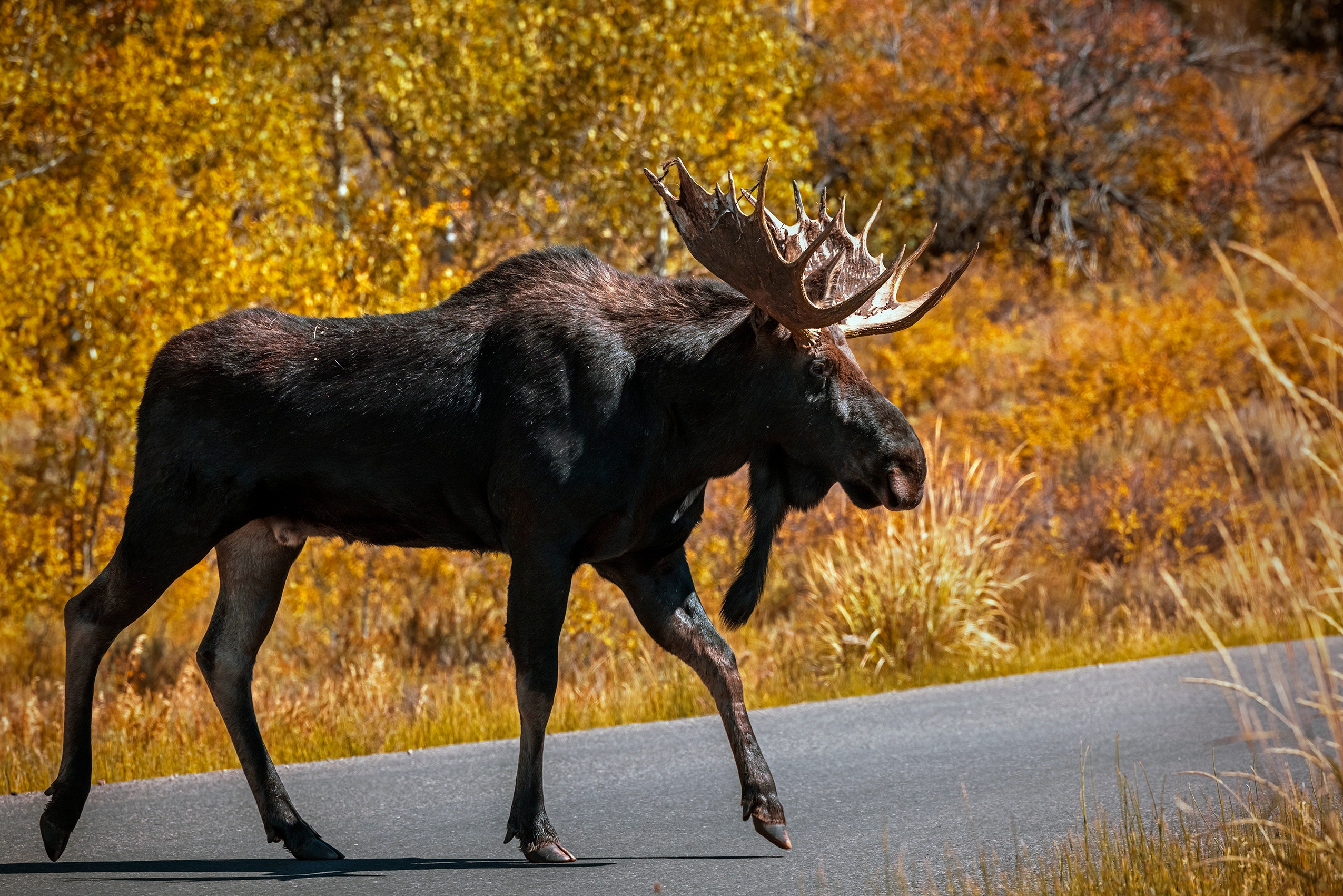When a safer alternative to the country’s perilous ‘Camino de la Muerte’ opened, new traffic showed up along the old mountain roadway: threatened and endangered wildlife.
One narrow, snaking road in the lush mountains above La Paz, Bolivia, was once so dangerous it claimed 300 human lives per year. But now, the 43-mile switchback serves to protect far more lives.
The 43-mile North Yungas road is a zigzagging cliffside route between La Paz and the road’s namesake region. It’s also a narrow strip of dirt about 16 feet wide with no guardrails, clinging to mountain sides above sheer 300-foot dropoffs.

Despite that, heavy truck traffic once crept and careened through it daily. The situation resulted in high losses of resources and human life, and earned the tract the nickname “Camino de la Muerte,” or “Death Road.”
But when authorities opened an alternative route in 2007, that all changed. According to Treehugger.com, traffic on the tight road plummeted by 90%, and rare and endangered wildlife moved in droves.
‘Death Road’ Study Shows Wildlife Recovery
With about 35 cameras set up along a 7.5-mile stretch of the quieted road, the Wildlife Conservation Society (WCS) started catching traces of rare fauna.
The WCS transmitted its findings through a study in the scientific journal Ecología en Bolivia this year. In November and December 2016 alone, it said, its cameras shot about 1,000 photos of wild animals in the area.
It observed species like the Peruvian dwarf brocket (a small deer) and the oncilla cat, both of which the International Union for Conservation of Nature (IUCN) consider “vulnerable,” or one step above endangered.

The researchers also found the endangered black-and-chestnut eagle (Spizaetus isidori) living near the road.
And their prize finding was scat evidence of one vulnerable and iconic species: the Andean bear, the only ursine native to South America.

“The Andean bear is the very symbol of the cloud forests and tropical montane forests and mountain grasslands of the Andes,” study co-author Robert Wallace told Treehugger in an email. “This study highlights the resilience of wildlife and biodiversity and its capacity to recover if allowed.”
At Long Last, a Road Less Traveled
North Yungas road, built in 1930, once provided the only passage for vehicle traffic between La Paz and the country’s northern reaches. It saw a lot of traffic for that reason.
And the naturally dangerous circumstances finally escalated to produce 200 accidents and 300 deaths on average from 1999 to 2003.
View this post on Instagram
Though those days are long gone, locals and tourists still use the road — albeit for far different purposes than before. Now, mountain bikers and bird watchers populate the much quieter passage.
That wildlife has returned to the area looks like a matter of course.

“Highways of whatever kind cause a variety of negative effects — both direct and indirect — on animal life, like the increase in chemical pollution, the displacement of species, death by car, and changes in behavior as animals are disturbed by excessive noise and wind turbulence,” the study asserts.
Overall, the researchers counted 16 different species of medium and large mammals and 94 different species of wild birds in their study.
“[T]he wildlife has come back,” Wallace mused. “From road of death to road of life.”








